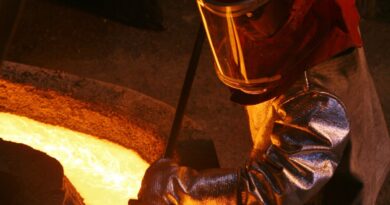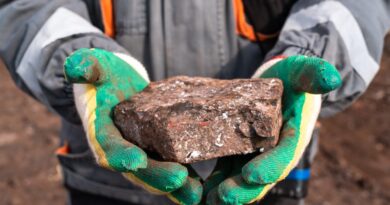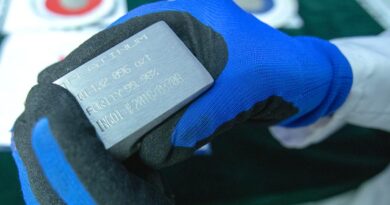PGMs continue to expand as new applications are discovered
The recent announcement that a new ruthenium-based catalyst has been developed to reduce reliance on iridium in proton exchange membrane (PEM) water electrolysers is a reminder that the myriad uses of platinum group metals (PGMs) continues to evolve.
Derived from the same ore, the PGMs – platinum, palladium, rhodium, ruthenium, iridium and osmium – are a family of six individual elements that have similar chemical and physical characteristics. They have complementary properties that can be leveraged and combined to meet specific requirements, depending on the application.
Electrocatalysts containing platinum and iridium are already used in PEM electrolysis to make hydrogen. When produced using renewable electricity, this is termed ‘green hydrogen’, a carbon-free energy carrier that is increasingly viewed as essential to the energy transition.
Iridium is some 20 times scarcer than platinum. For every gigawatt of PEM electrolyser capacity built, around 400 kg of iridium is currently required. Should capacity growth continue at the pace expected, iridium demand from electrolysis alone could equal current annual supply by 2030, implying that a shortfall in iridium supply may occur.
However, primary production of ruthenium is 3.5 times that of iridium. The recent development of a ruthenium-based catalyst is considered a major breakthrough as it enables an 85 per cent saving on iridium in a PEM electrolyser, greatly reducing material cost and the reliance on iridium. The innovation alleviates potential supply concerns and ensures iridium supply will not be a constraint on PEM electrolyser growth, and the associated growth in platinum demand.
PGM innovation
Elsewhere, the first high-entropy alloy (HEA) powder using only precious metals has been successfully fabricated by Tanaka Precious Metals, comprising platinum, palladium, ruthenium, iridium, and rhodium.
PGM alloys are already made for a variety of reasons. Usually, the purpose is to enhance certain characteristics such as electrical conductivity, corrosion resistance, mechanical strength or temperature resistance, making the alloy more useful than the original individual elements. In some cases, a combination of PGMs may reduce the overall cost of the material while preserving important properties.
HEA alloys have five or more elements in equal proportions of atomic number in which no single element accounts for more than half of the total. While the full potential of the PGM-based HEA powder is still being assessed, HEA alloys typically exhibit unique properties compared to conventional alloys. For example, better strength-to-weight ratios, with a higher degree of fracture resistance, tensile strength, and corrosion and oxidation resistance.
Potential future applications for the recently-developed PGM-based HEA powder include use as a raw material for structures that require uniform compositional distribution, for example being mixed with organic materials and pasted on to conductive films.
Meanwhile, nanoporous platinum, a platinum matrix containing tiny pores to increase energy conduction, was recently created in large quantities for the first time, for trial use as an actuator material. Actuators are common machine components that convert energy into movement, like the muscles in the human body, vibrator motors in mobile phones or electric motors. Ideal actuator materials need good electrochemical properties to repeatedly conduct electrical currents made of flowing electrons. In addition, actuator materials require excellent mechanical properties to withstand the physical stress associated with continual movement.
Compared to other nanoporous metals and materials being investigated for their potential use as actuators, nanoporous platinum was found to be physically more robust, indicating that it has the potential to work well as a sensor or detector material.




